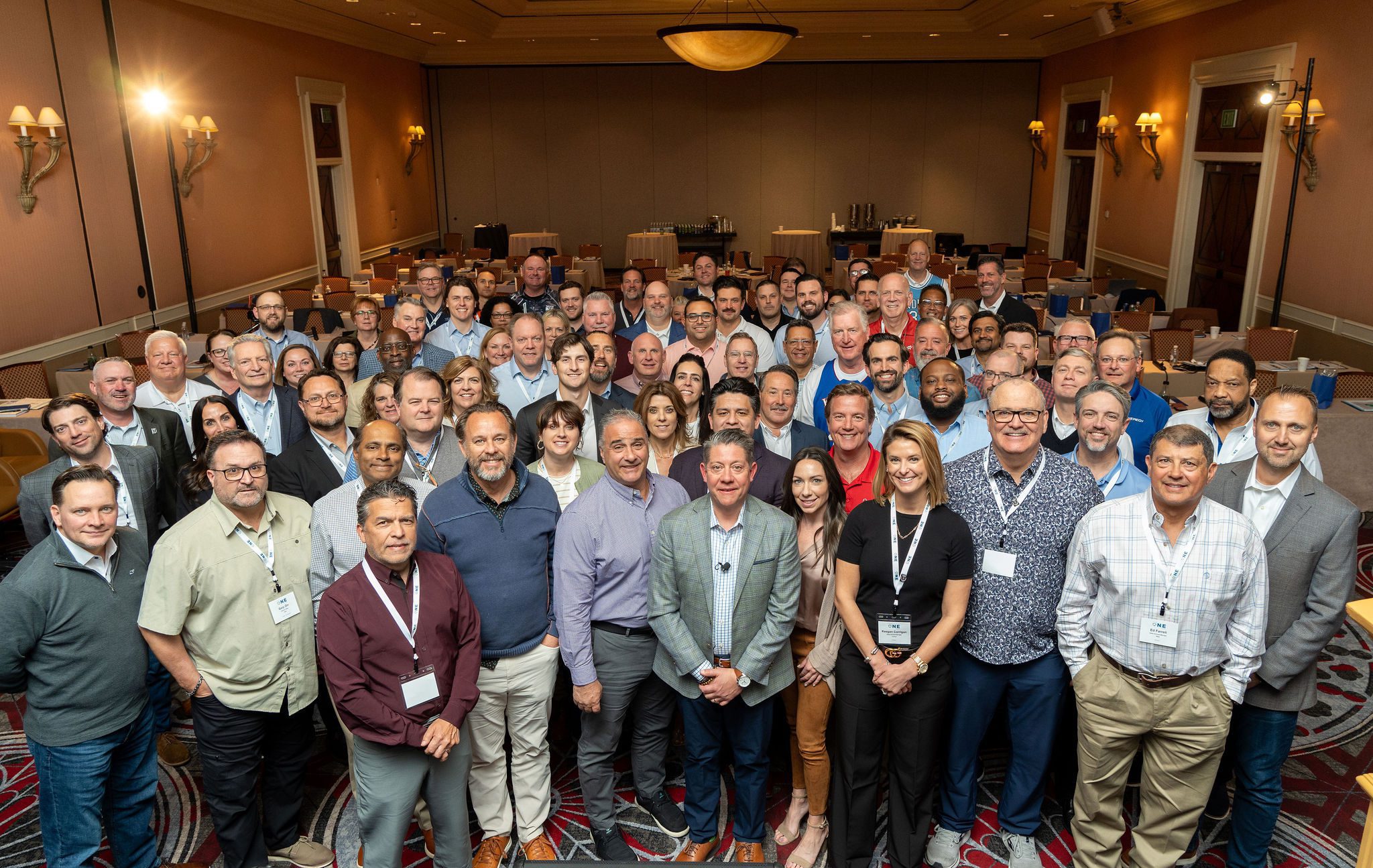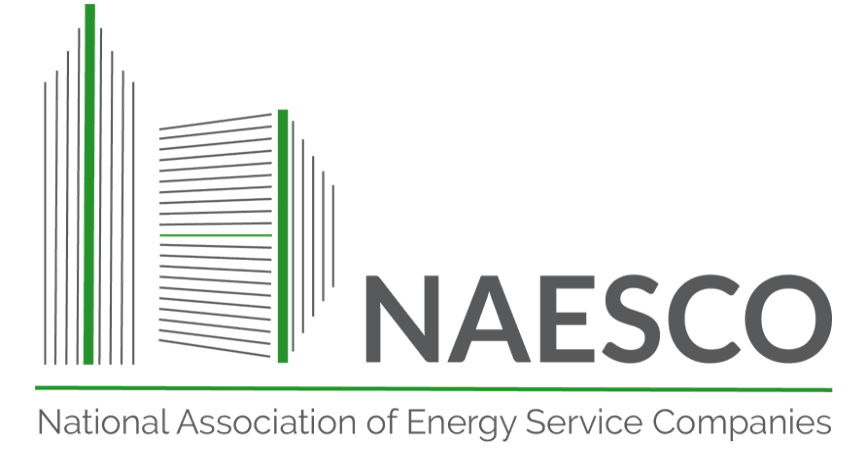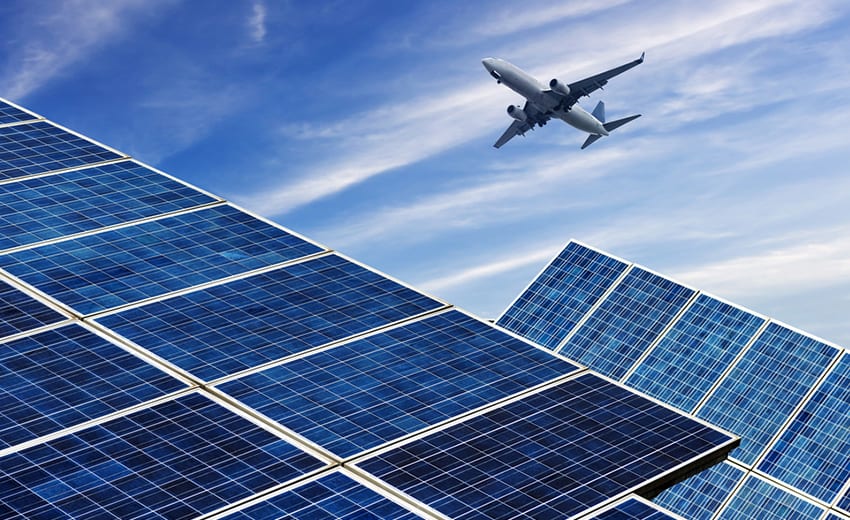Engineering Healthier, Safer Spaces
By Doug Smith & Cory Scamihorn
Maintaining healthy buildings is all about using our buildings to work for us, not against us. As Winston Churchill once said, “We shape our buildings and afterwards our buildings shape us.”1 If we learned anything during the Covid-19 pandemic, it was that most facilities did not have the systems in place to remain open and provide healthy and safe environments for occupants. Moving forward, facilities must be properly equipped to 1. protect everyday occupants from exposure to illness, and 2. face potential public health emergencies that may arise in the future.
Benefits of Implementing a Healthy Building Strategy
If you have not already considered it, now is the time to implement a healthy building strategy. Beyond the obvious benefit of improving health, benefits of a healthy building strategy include:
- Reduced absenteeism
- Improved performance (test scores of students, productivity of employees, etc.)
- Increased employee satisfaction and peace of mind
- Decreased long-term medical costs for organizations and individuals
Indoor Air Quality
When most people hear the word “pollution”, their minds automatically jump to the concerns surrounding outdoor air quality. However, According to the EPA, Americans spend an average of 90% of their time indoors. 2 As a result, health and overall quality of life are significantly impacted by the health and safety of the facilities where we spend the most time. The pandemic brought this issue to the forefront. In fact, many harmful pollutants have been found to be 2 to 5 times higher in concentration indoors than they are outdoors, so it is critical that now we shift our focus to enhancing indoor air quality.2
Indoor air quality is affected by several sources. Occupants bring pollutants in with them. For example, volatile organic compounds may come from perfumes, deodorants, or air fresheners. In addition, materials and equipment within a facility may give off pollutants. Even cleaning chemicals enter the air during routine disinfecting and may have negative effects on health. Many of the most basic actions we take every day emit pollutants that can build up over time and ultimately threaten building/occupant health.
Prior to the pandemic, indoor air quality was often out of sight and therefore out of mind. Part of the reason why air quality has been neglected for years may be due to the fact that most harmful airborne particles are too fine for the human eye to see. Unfortunately, small particles, many being less than 2.5 microns, enter the lungs and often stay trapped in the body causing long-term respiratory issues and illness.
Examples of Healthy Building Solutions
There is no one-size-fits-all solution, so it is critical that facilities managers and organization leaders consult with experts to select holistic healthy building strategies that will be effective for their unique situations. There are a variety of solutions available to enhance building health such as:
- Filtration – Increase filter efficiency to the recommended rating of MERV 13 or higher to catch more airborne microparticles such as viruses and bacteria. Also, consider active air filtration systems, such as polarized media air filters that use electricity to attract particles to the filter
- Ventilation – Increase ventilation to dilute the harmful particles in the air and flush out pollutants. However, keep in mind that, depending on your climate, increased outdoor air may require more conditioning and could result in higher energy costs. This strategy should be balanced with other energy-saving technologies to keep costs manageable.
- Non-ozone Generating Needlepoint Bipolar Ionization (NPBI) – This strategy is highly effective and easy to implement. When installed in HVAC equipment, NPBI automatically deactivates and eliminates harmful airborne particles, including volatile organic compounds, bacteria, mold, viruses, and dust. The technology works by releasing harmless ions into the spaces. These ions cause unwanted particles to clump together to form larger clusters that can be more efficiently trapped by air filters.
- Ultraviolet Germicidal Irradiation (UVGI) – UV lights can be effective in disinfecting surfaces as well as air in occupied and/or unoccupied spaces. There are a variety of options available depending on the application, so consulting with an expert is necessary to select the best system for your spaces.
With all of the technologies on the market, it is important to do your research on effectiveness and performance. Consider partnering with an organization, such as Veregy, that has healthy buildings experts in-house to help you align the best solutions with your unique facilities’ needs.
Funding Your Healthy Building Strategy
Costs vary greatly depending on the size, scope, and complexity of each project. However, there are a variety of funding sources and mechanisms available to make these solutions affordable.
- Comprehensive Energy Projects – Healthy building strategies can be included in comprehensive energy-saving projects. In this scenario, the energy and operational savings may fully or partially fund the healthy building technologies needed. Including healthy building strategies in a holistic facility improvement or energy-saving project is a smart, strategic approach with long-term benefits.
- Elementary and Secondary School Emergency Relief (ESSER) – Congress passed ESSER I through the Coronavirus Aid, Relief and Economic Security Act 2020 (CARES), ESSER II through the Coronavirus Response and Relief Supplemental Appropriations Act 2021 (CRRSA), and, most recently, ESSER III through the American Rescue Plan Act 2021 (ARP). The three bills allocated a total of nearly $190B to the ESSER fund which can be applied to improve indoor air quality in schools. These funds will eventually run out or expire, so time is of the essence.
Now is the Time to Act!
As time goes on, individuals are raising their expectations and demanding that the environments where they work, learn, and spend a majority of their time are healthy. Long after the pandemic, health and safety will remain a major topic of discussion, so it is important that your organization does its part to give occupants greater peace of mind. With the state of the U.S. supply chain and the high demand for healthy building solutions, the sooner organizations take action, the better. Capital projects have long lead times, and the huge influx of funding has organizations across the nation racing to start projects, which places a strain on supply chains and labor. Time is a constraint, and it’s important to start your project now to ensure you are maximizing your funds. Schedule an assessment today to make the health and safety of occupants, staff, students, community members, etc. a top priority.
References
- https://www.parliament.uk/about/living-heritage/building/palace/architecture/palacestructure/churchill/#:~:text=Churchill%20insisted%20that%20the%20shape
- https://www.epa.gov/report-environment/indoor-air-quality#:~:text=Americans%2C%20on%20average%2C%20spend%20approximately,higher%20than%20typical%20outdoor%20concentrations.






